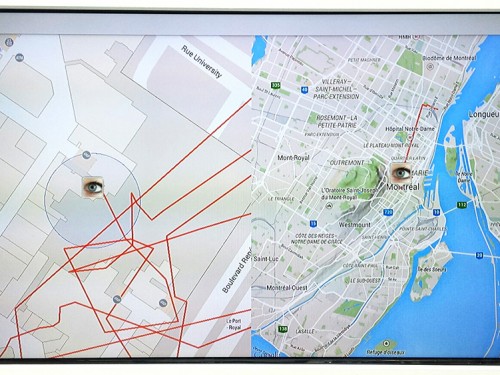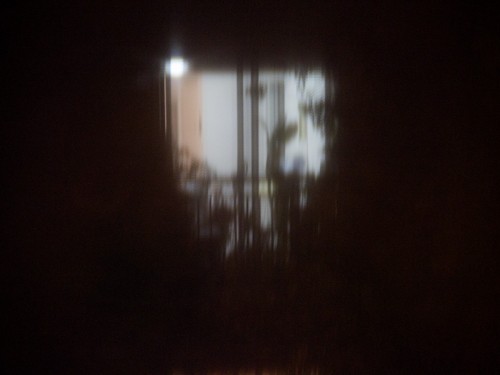In Logic of Control, artist David Spriggs explores the architectural and conceptual design of the Panopticon in order to question the politics of seeing and being seen, and the structures of power that govern them. The Panopticon was originally designed by Jeremy Bentham as an eighteenth-century prison structure that enabled one prison guard in the centre to oversee, but be unseen by, many prisoners located around the periphery. Philosophy Michel Foucault later developed this design as a conceptual model to understand the power dynamics inherent to a control society, one where those in power can the capacity to watch, control, and regulate. Spriggs’s Logic of Control builds on these ideas, thinking through notions of access, viewing, and transparency central to contemporary projects of surveillance. From the artist’s website: “Transparency is a seductive aesthetic concept that suggests democracy. The use of transparency (glass) in state architecture, most notably in political buildings such as the Bundestag in Berlin, is often used as a means to suggests a more open and democratic government and therefore society. Spriggs’s artwork, The Logic of Control, is a completely transparent architecture of imagery. In this work sheets of etched glass create a half-column by fanning out from a central pivot point. Each sheet is engraved with a profile cross-section of a building, which alone are abstract. Through the artist’s positioning of the sheets in a semi-circular manner they come together to create the form of, and refer to, the well known surveillance apparatus – the Panopticon.”
Client:David Spriggs, The Logic of Control, 2014. Layered engraved glass sheets in half column display case. Image courtesy of the artist. © David Spriggs.
View Project


